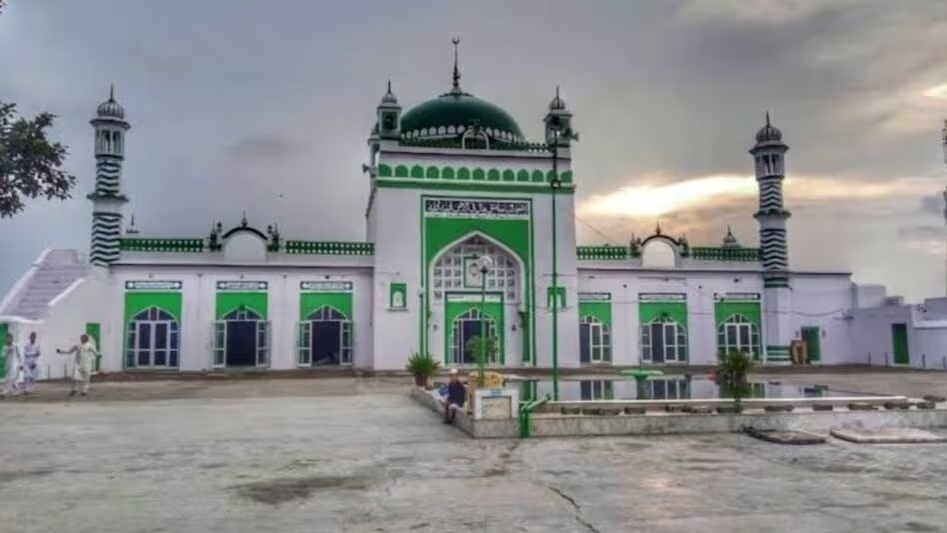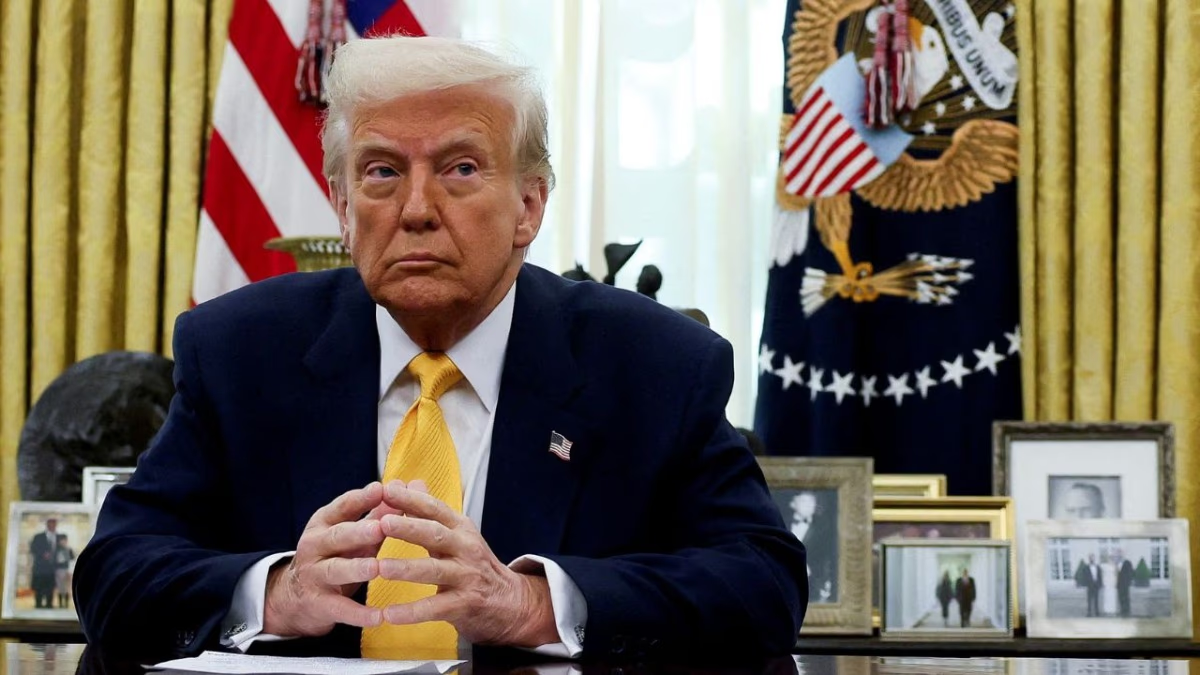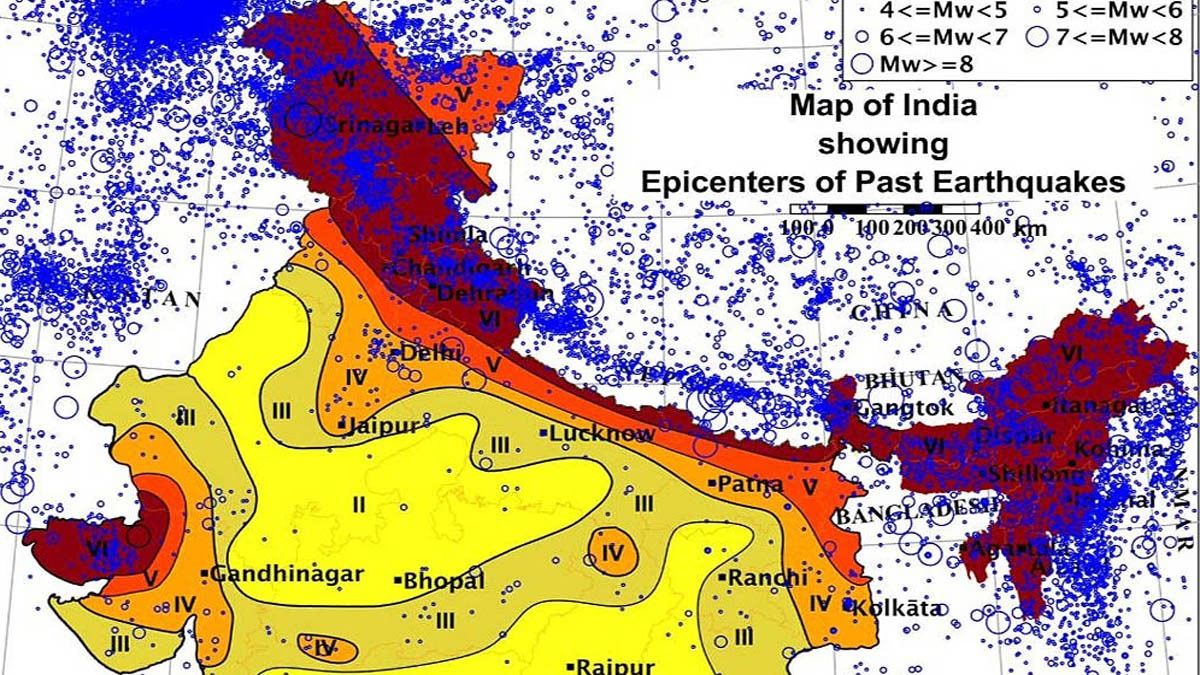Tensions have gripped Sambhal district following a recent communal clash concerning Jama Masjid. The unrest began on November 19 during a court-ordered survey of Jama Masjid, which some claim to be a former site of the Harihar Temple. Violence erupted again on November 24, leading to clashes between protestors gathered near the mosque and security forces, resulting in four fatalities and numerous injuries.
Worship Halted Since 2012
Despite measures by the police and Supreme Court to control the situation, tension lingers. Meanwhile, a new controversy has arisen regarding a nearby well, where worship had long taken place until it ceased in 2012. Elders assert that lighting diyas around the well was part of its worship tradition, integral to the area's historical narrative.
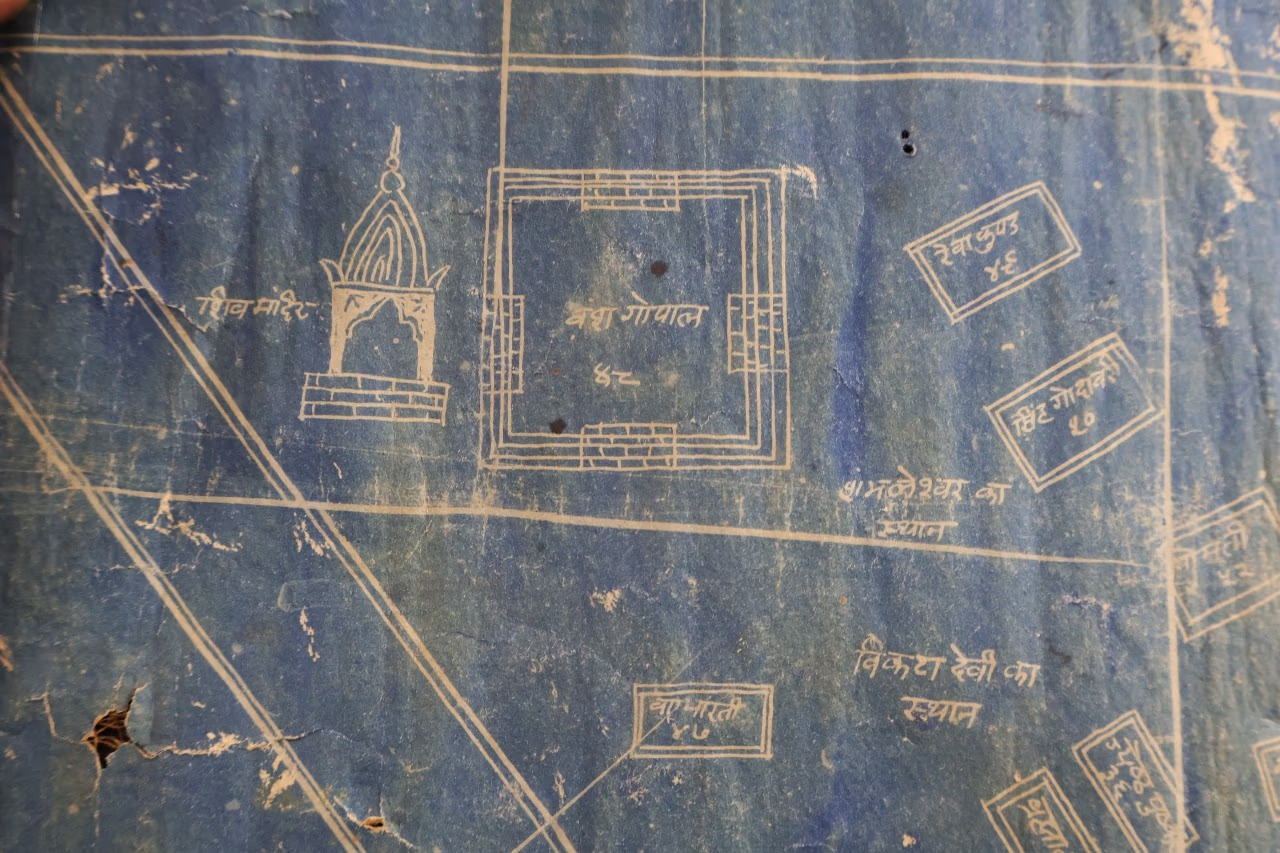
Source: aajtak
A Legacy of Well Worship
Local elders from the eastern quarters recount a well-established tradition of worshiping at this well. One elder recalls, "When our nephew was born, we worshipped here. Diyas were placed on the well, but later, authorities stopped this practice." The elders now undertake their well-related rites elsewhere, lamenting the loss of a once-revered local tradition.
Another local elder recounts, "For years, we have celebrated Diwali by lighting diyas at the well, using incense sticks as part of the ritual. But on orders from Dr. Burq, our lights were extinguished, literally and figuratively." The essence of this long-standing tradition, once marked by religious ceremonies and ritualistic gatherings, now seems lost.

Source: aajtak
The Wedding Ritual: A Glimpse into the Past
Another elder shared, "During weddings in our family, the groom's mother would sit by this well, her feet dangling over the side, as the groom pledged to find her a beautiful bride." This tradition, cherished and practiced for years, ceased about 15 years ago, leaving behind mere memories and poignant stories.
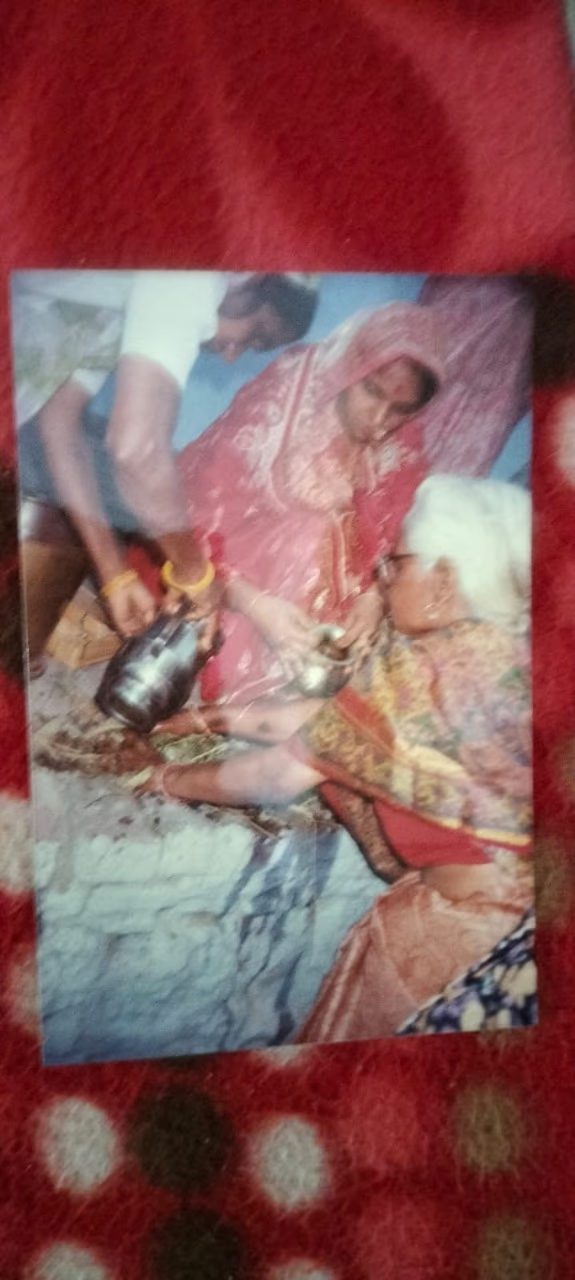
Source: aajtak
Dr. Burq's Intervention in 2012
An important fact comes from 2012 when Dr. Burq, then an SP MP, played a pivotal role in pausing the religious activities around this well. Elders attribute the halt of ceremonies and rituals to his influence.
Rediscovering the Old Map
Elders insist that an old map exists, proving that this site was once a temple, perfectly suitable for religious activities. Over time, this space has transformed, making traditional practices infeasible now.
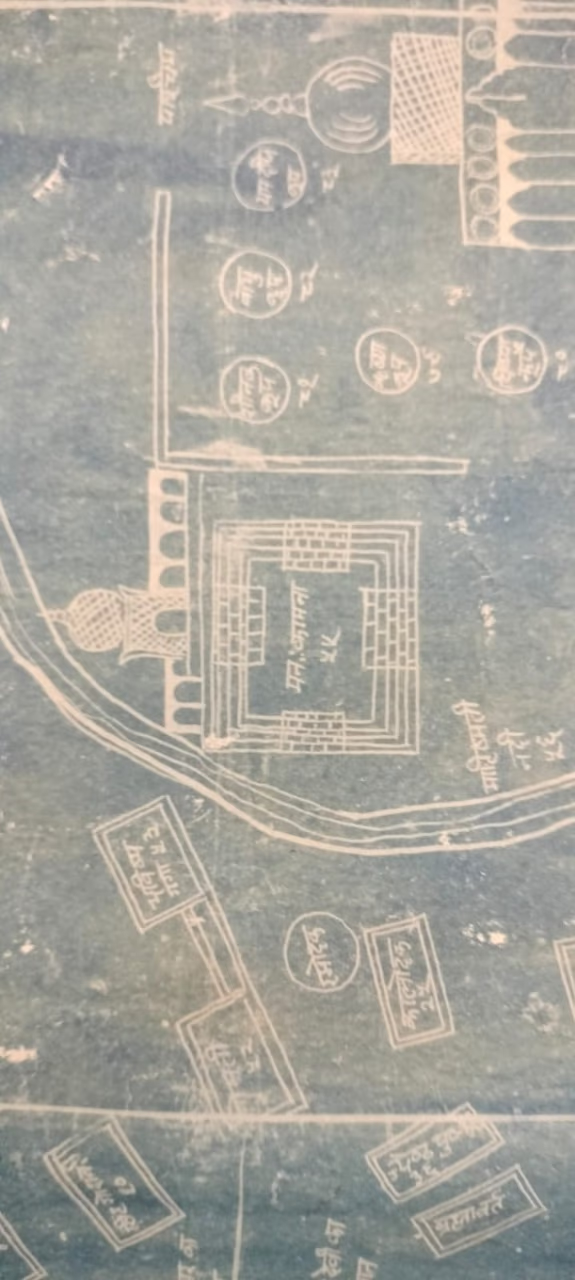
Source: aajtak
Seeking New Spaces for Worship
Locals, nostalgic and saddened by these changes, express that ending this heritage hasn't favored the community. An elder states, "We used to conduct rituals here, but now we've had to seek new venues. The peace and sanctity that once enveloped this place are merely echoes of the past."
Debates continue on whether halting the well's worship was merely a necessity of the times or an unnecessary disruption of tradition. The well's historical and cultural significance remains a topic of earnest discussion.
